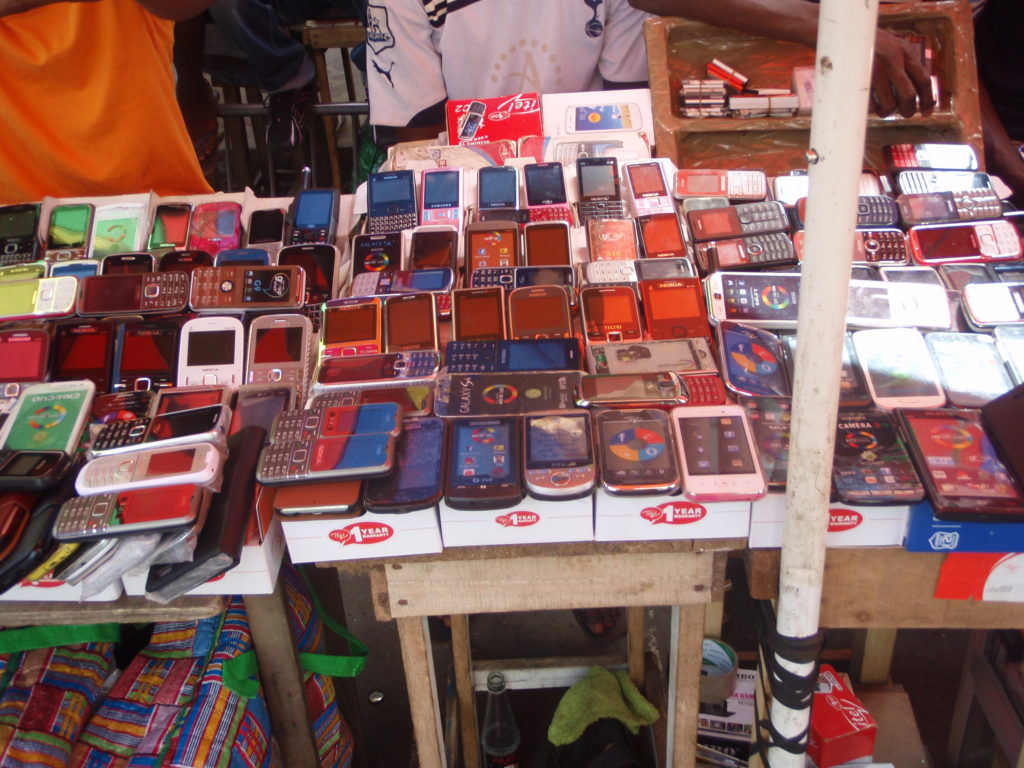
Abstract
Evidence from Sierra Leone reveals the significant limitations of big data in disease detection and containment efforts. Early in the 2014–2016 Ebola epidemic in West Africa, media heralded HealthMap’s ability to detect the outbreak from newsfeeds. Later, big data—specifically, call detail record data collected from millions of cell phones—was hyped as useful for stopping the disease by tracking contagious people. It did not work. In this article, I trace the causes of big data’s containment failures. During epidemics, big data experiments can have opportunity costs: namely, forestalling urgent response. Finally, what counts as data during epidemics must include that coming from anthropological technologies because they are so useful for detection and containment.